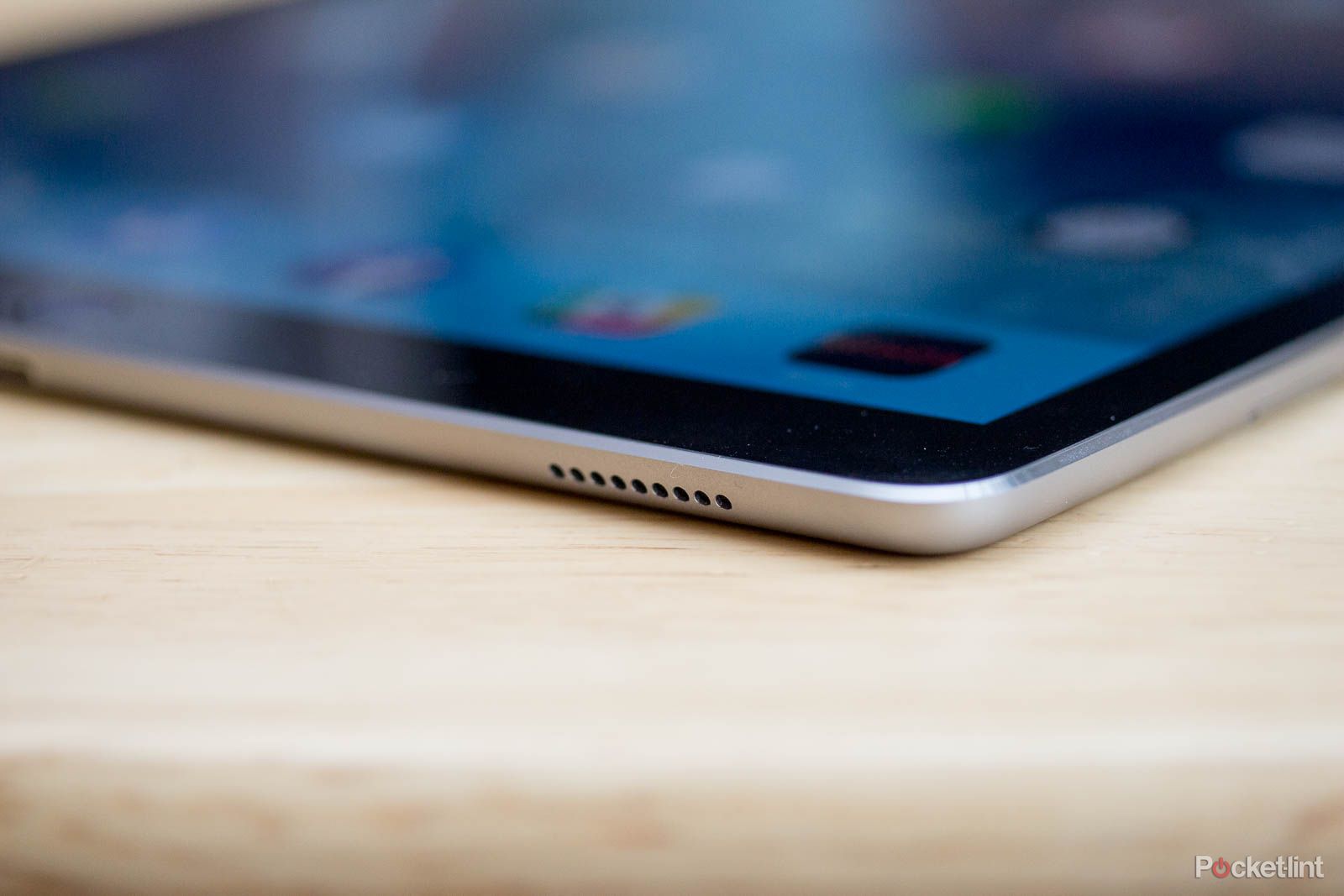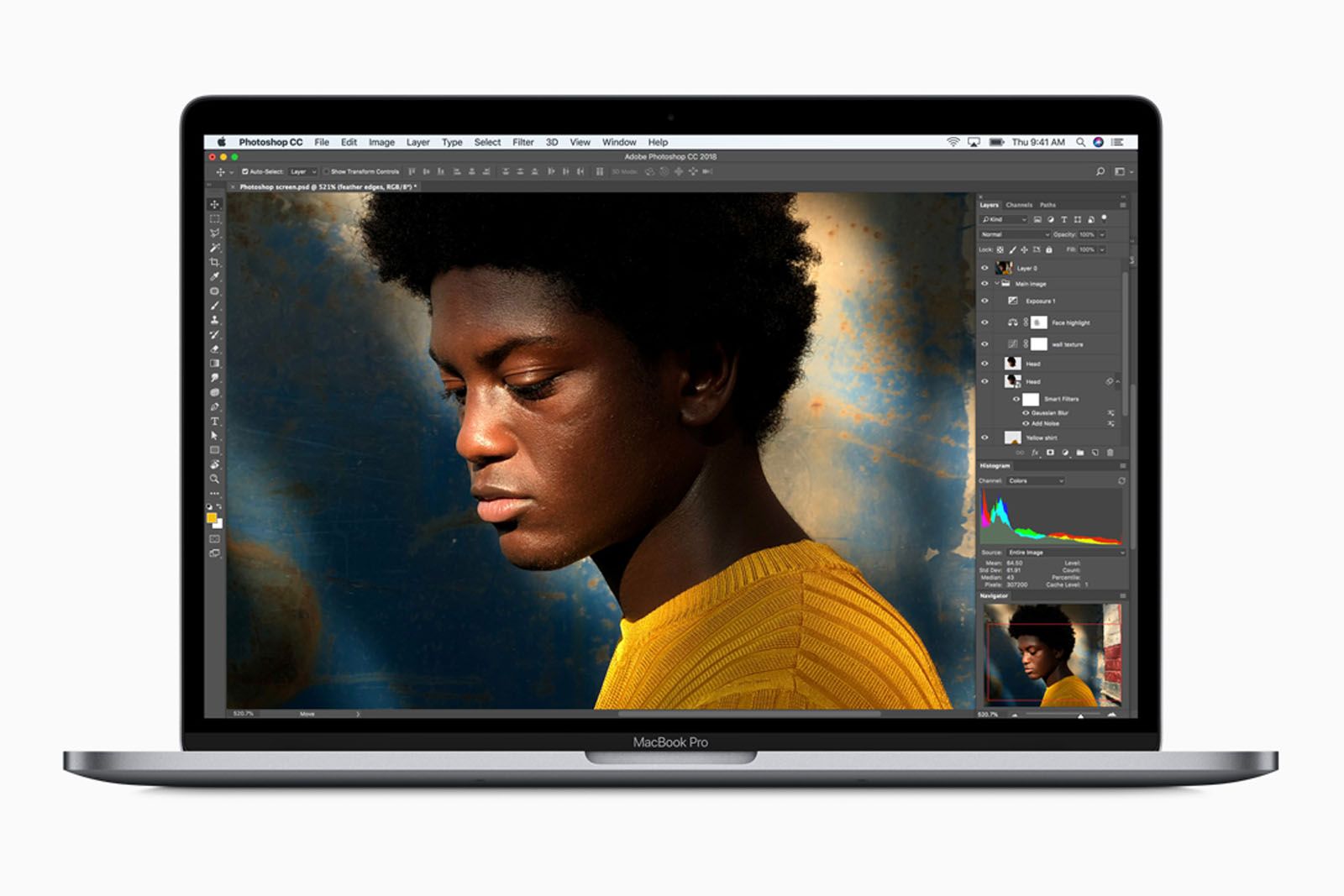Quick Links
Apple has a technology called True Tone, which is present within the displays of many of its latest devices. The technology first made its appearance on the iPad Pro in 2016, but it has subsequently been added to devices including iPhones from the iPhone 8 onwards, all the latest iPads, as well as Apple's laptops launched after mid-2018.
What is Apple's True Tone technology, what does True Tone do and how does it make displays better? Here's everything you need to know about True Tone.
How does True Tone work?
Devices with True Tone technology feature sensors that measure the ambient light colour and brightness. The device then uses this information to automatically adjust its display, so it can correct white points and illumination based on your environmental lighting in order to render the right kinds of white under any conditions. This technology isn't new as some desktop monitors have been offering it for a long time and it's no longer new for Apple now either of course.
The thing to remember is that the human optical system is constantly comparing near-white to perfectly white and that a "better" white can affect our perceived contrast of whatever we're looking at, meaning an adjusted white point should be more comfortable on our eyes. It also means that devices with True Tone should be more readable in direct sunlight, thus improving their usability ever so subtly.
There's another important element here for creatives though, and that's ensuring that the colours displayed remain consistent and accurate. In terms of the MacBooks with True Tone, the technology makes for a natural viewing experience that's not skewed by ambient light.
Here's how Apple explained its True Tone display when it was first launched in 2016: "The 9.7-inch iPad Pro features advanced display technologies, including a True Tone display, which uses new four-channel sensors to dynamically adjust the white balance of the display to match the light around you for a more natural and accurate, paper-white viewing experience."
Does True Tone need to be enabled?
True Tone is switched on by default, but it can be enabled or disabled. On iPhone and iPad: Open Settings > Display & Brightness > Toggle True Tone on or off.
On Mac: Choose Apple menu in the top left corner > System Settings > Displays > Click the Display tab > Toggle or Untoggle True Tone.
Why would you switch off True Tone? Personal preference - like Night Shift or auto-brightness, sometimes you just want things to stay static and not be changing while you're looking at them.
Is True Tone related to Night Shift?
Night Shift was a feature Apple introduced in iOS 9.3. It uses the iPad or iPhone's clock and geolocation to automatically adjust the colours in the display to the warmer end of the spectrum after dark. The idea is to reduce exposure to blue light, which stimulates the brain and can keep you awake, leading to a bad night's sleep.
Night Shift works like True Tone, but for a different reason. It delivers a warmer screen closer to your bedtime in order to reduce the amount of blue light emitted from the screen.
As a result, the display appears more orange. A warmer display should be much more comfortable for late-night reading when ambient light is likely to be lower though. Apple suggests that blue light can affect our sleep by throwing off our circadian rhythm, which moderates our body clock.
Night Shift should reduce the negative effects of using your device at night. You can adjust Night Shift settings, schedule it and change the colour temperature. To do this:
On iPhone: Open Settings > Display & Brightness > Night Shift.
On Mac: Choose Apple menu in the top left corner > System Settings > Displays > Click the Night Shift tab.


